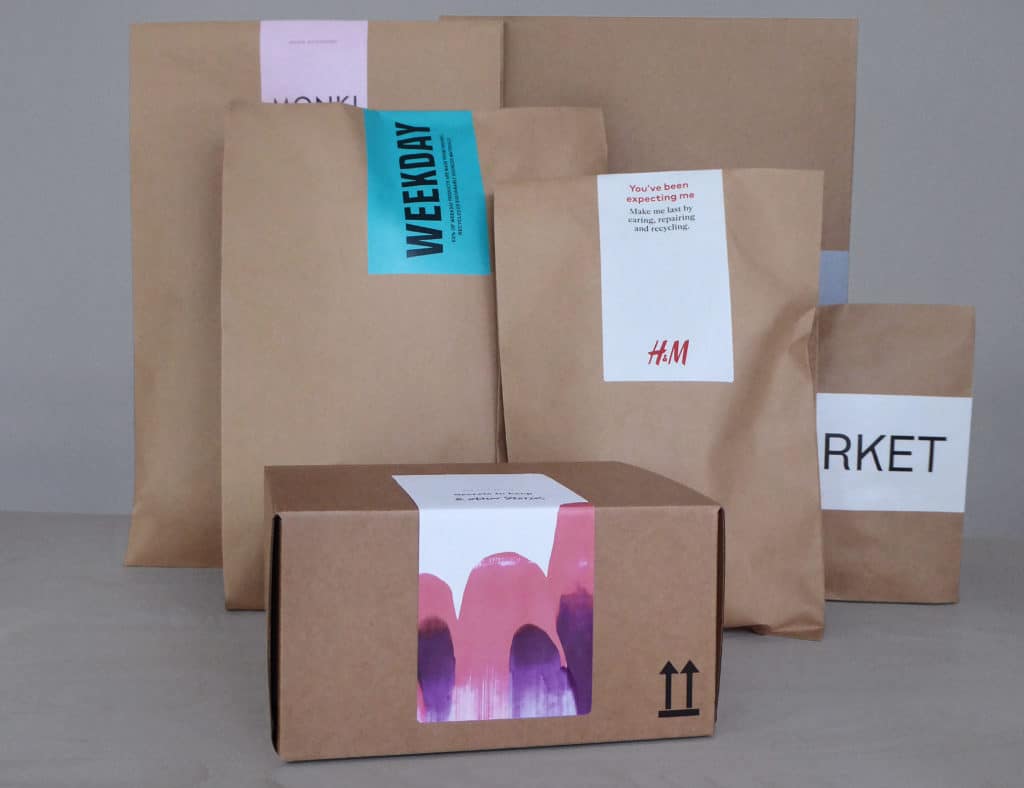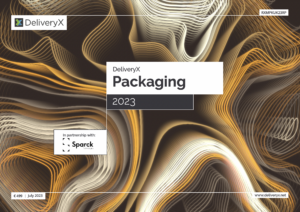The newly published DeliveryX Packaging 2023 report features a number of case studies, including a look at how H&M is committed to lowering the environmental impact of its packaging.
Guided by a Circular Packaging Strategy built on the Ellen MacArthur Foundation (EMF)’s key principles, H&M are eliminating waste and pollution, circulating products and materials (at their highest value), and regenerating nature.
The fashion retailer says it will focus on what is most likely to have the greatest impact, including reducing unnecessary and “problematic” packaging such as hangers and plastic bags. It did recognise the importance of polybags for protecting products in distribution centres and in transit. But said its challenge is to find and secure more sustainable alternatives, such as durable recycled paper packaging.
The fashion retailer started small, removing polybags from socks! It aims to make the change for other clothing and accessories as it finds viable solutions. It has already shipped the first global collection using paper instead of single use plastic polybags for H&M Baby and H&M Men. And has switched from virgin plastic to post-consumer recycled plastic for master polybags used in transportation.
While for ecommerce orders, H&M said it has worked to optimise the size and weight of the FSC-certified paper bag that replaced single-use plastic bags for all its brands and markets. It stressed that there were lessons to be learned, and trade-offs to be made when switching to recycled or sustainably sourced paper packaging. Paper packaging might require higher volume and weight than plastic because thicker paper is needed for equivalent protection. Recycled paper is also less durable than virgin paper so H&M plan to continue to work on finding strong recycled paper alternatives.
Its instore customers have also been doing their bit following the introduction of a charge for shopping bag, which resulted in an immediate 40% reduction of people taking one.
These small changes will help the fashion retailer to achieve its goals to reduce plastic packaging by 25% by 2025. By this same deadline it will also design 100% of its packaging to be reusable or recyclable.
Furthermore, by the end of the decade H&M will make 100% of packaging from recycled or other more sustainably sourced materials, with a preference for post-consumer recycled material.
This case study appears in the digital DeliveryX Packaging 2023 report. Access it to discover why ecommerce packaging is no longer simply about protecting goods in transit. This sector report will examine how retailers are adapting their packaging to tell their brand story and why they are ditching the plastic.
Access it here.










